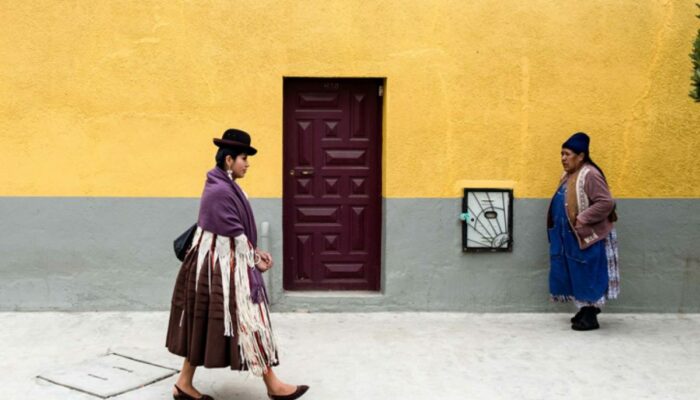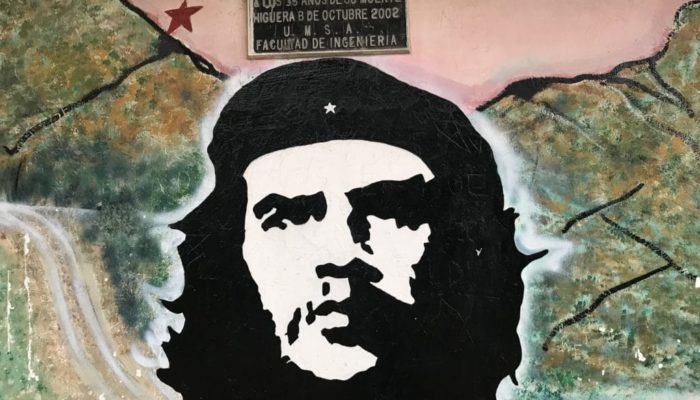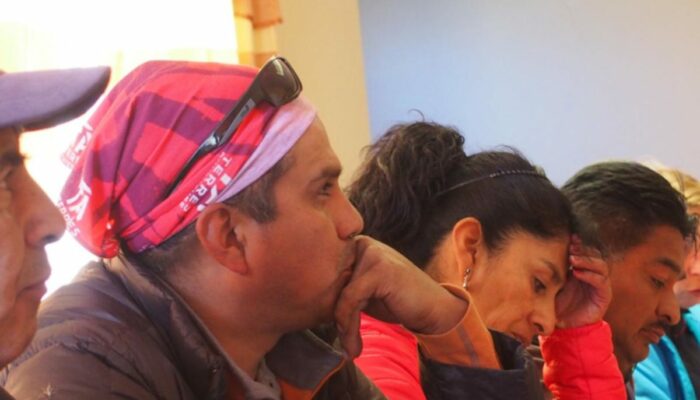The biggest party of the year
The Gran Poder (Great Power) Festival, a major cultural and folkloric event, is celebrated every year in La Paz, and what a spectacle it is!
The tone is set a few months beforehand, with dancers and brass bands practising in the squares and central squares of the city. We really wanted to share with you this great popular festival that took place on Saturday 10 June. The whole city rallied around this spectacular event, which was broadcast live on television and on social networks.
Like every year, the party starts early in the morning and often finishes in the early hours of the following day. The ‘Preste’, the private after-party, is celebrated the following day by the folk group organisers.
This year, there are no fewer than 60 fraternities, representing nearly 40,000 dancers and 7,000 musicians! It’s easy to spend the whole day there, as the festivities are in full swing.
The masks and costumes are colourful and represent the major periods in Bolivian history. They take several months to make, and some of them, adorned with gold jewellery, are estimated to cost several thousand dollars!
The origins of the festival
“El Señor Jesús del Gran Poder” is a religious celebration in homage to the Son of God. A symbol of syncretism, it combines Catholic beliefs and Aymara rituals.
“Gran Poder” means “Great Power”. According to this belief, “God is love”, and this love is the key to overcoming all obstacles. The origins of this celebration date back to 8 December 1663, the date on which the convent of the “Conceptrix Mothers” was founded. Nuns wishing to join the convent had to take a religious image with them. One of them, Genoveva Carrión, chose an effigy of the three faces of the Lord Almighty, representing the Trinity. The choice caused controversy, and it was not until 1904 that a devotee converted the image into a single face. It was then nicknamed “Señor del Gran Poder” in reference to the patron saint of the Spanish city of Seville. The number of devotees grew steadily. In 1928, to accommodate the faithful, a temple was built at La Paz in the Chijini district.
In the running for worldwide recognition!
The first folk demonstrations are said to have begun in 1923, and many fraternities, dances and brass bands were added to the event.
Today, it’s interesting to see how everyone mixes together during the festivities. As the Italian anthropologist Nico Tassi points out: “The folk groups taking part in the Gran Poder succeeded in establishing what no official institution has ever managed to generate: the mixing of classes”. (Nico Tassi, El Desacuerdo, June 2014).
At the end of March 2017, the Bolivian government and the association of Paceño folk groups submitted an application for the Gran Poder Festival to be recognised (like the famous Oruro Carnival) as UNESCO Oral and Intangible Heritage. This year, the Minister for Culture, Wima Alanoca, was keen to highlight the excellent organisation of the festival, which began with an Andean ritual of thanksgiving to ‘Pachamama’ (Mother Earth). She also declared the event to be “the biggest celebration of integration and diversity” in the country.
An event not to be missed if you’re planning a trip to Bolivia!



